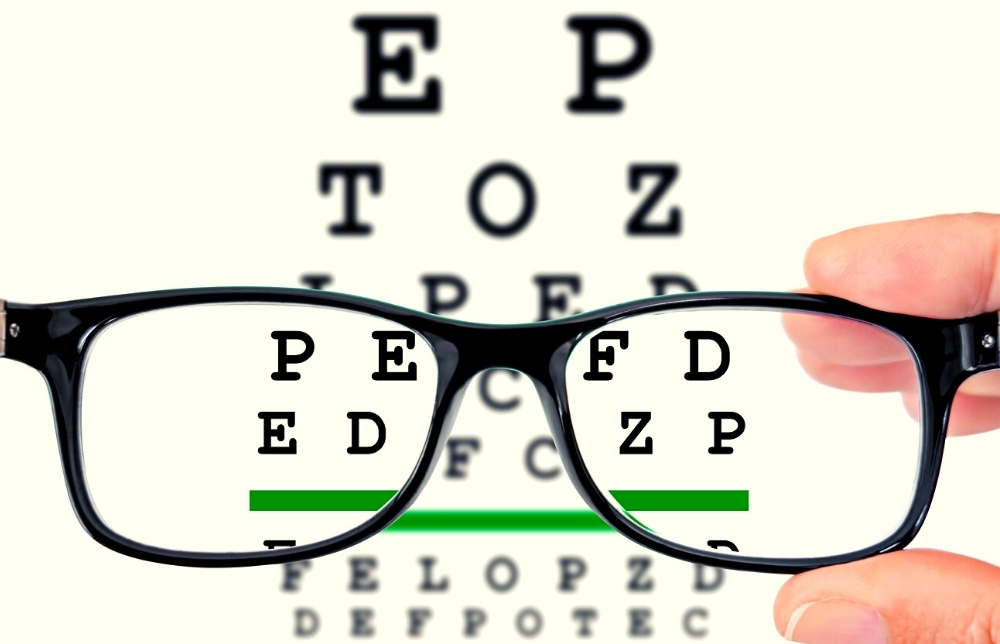
The Origins of the Eye Chart
May 1, 2021
Here’s a great trivia question: Who is the individual responsible for the best-selling poster of all time? Edward Hopper for his “Nighthawks” diner scene? Farah Fawcett for her 12-million selling 1970’s swimsuit poster? Or even that painting of dogs playing poker by Cassius Marcellus Coolidge? These would all be good guesses. But the correct answer is Herman Snellen.
Who??? You might be unfamiliar with the name, but you definitely know his work. More copies of that poster have been printed and sold in America than any other. You’ll find it - and its electronic descendants - in the offices of optometrists, ophthalmologists, school infirmaries, and, especially, Department of Motor Vehicles locations.
The poster is, of course, the famous eye chart that is the standard tool for eye doctors to check “central visual acuity”, or the sharpness of the vision that's directly in the center of the retina.
The idea for the chart came from Dr. Herman Snellen (1831-1908). Snellen was a professor of ophthalmology at the University of Utrecht, in the Netherlands. In the 1860s, he determined what the world needed was a standardized method to test vision based on letter recognition. Snellen chose letters because in order to distinguish one letter from another the eye must be able to distinguish the spaces between the lines which correspond to a visual angle of pi. In other words, can you tell an R from an O? An N from an M? What's important is the size and contrast of the letters, not what the individual letters are.
How profound of an impact did the chart have on measuring vision? Consider this: the Snellen eye chart isn’t pegged to 20/20 sight, it's the other way around. Snellen’s eye chart is the yardstick that established 20/20. If, from a distance of 20 feet, you can read a line that "normal" sight would enable you to read at 20 feet, your sight is termed 20/20. For instance, the top line of the chart usually has just one letter (usually a big “E”). That’s set at 20/400. If that's all you can make out on the chart, that's what your vision is considered. Most charts smallest lines are either 20/15 or even 20/10.
These days, there are several options that allow you to casually test your sight based on the Snellen eye chart, including online tests. But even if you score an impressive 20/10 in an online quiz, regular check-ups with your eye doctor are still essential. Not only is the Snellen eye chart unable to measure peripheral vision, depth perception, color perception or ability to perceive contrast, only your eye doctor can measure items related to the health of your eyes, such as whether you may have glaucoma, your eye fluid pressure, how dry your eyes are or if your retinas are in good shape.
Eye chart testing is just one component of a complete eye exam. While knowing the name “Herman Snellen” is great for trivia games, a Vision Plan from INRTA and AMBA is an even better idea to help you save on check-ups, prescriptive lenses, and more. Learn More Here or call 866-979-0497.
Source: https://www.allaboutvision.com/eye-test/free-eye-chart/
RECENT POSTS

Get Big Savings on Great Gifts with Help from Your Friends at AMBA
Ready to make the most wonderful time of the year even better? AMBA Discounts can help you save big this Black Friday and
Read More
Live Longer and Prosper: AMBA’s Tips to Help You Improve Your Life Expectancy
Want to know the secret to living a longer and healthier life? Eating well, exercising regularly, getting plenty of sleep, and
Read More

More Summer for Less with AMBA Discounts
Need a new summertime outfit or swimwear? Want to get significant savings on summertime getaways? AMBA Discounts has got you
Read More

What to Do if You Crack or Chip a Tooth
Although teeth are remarkably strong and can last a lifetime, chips and breaks are always possible. AMBA is here to help you
Read More

